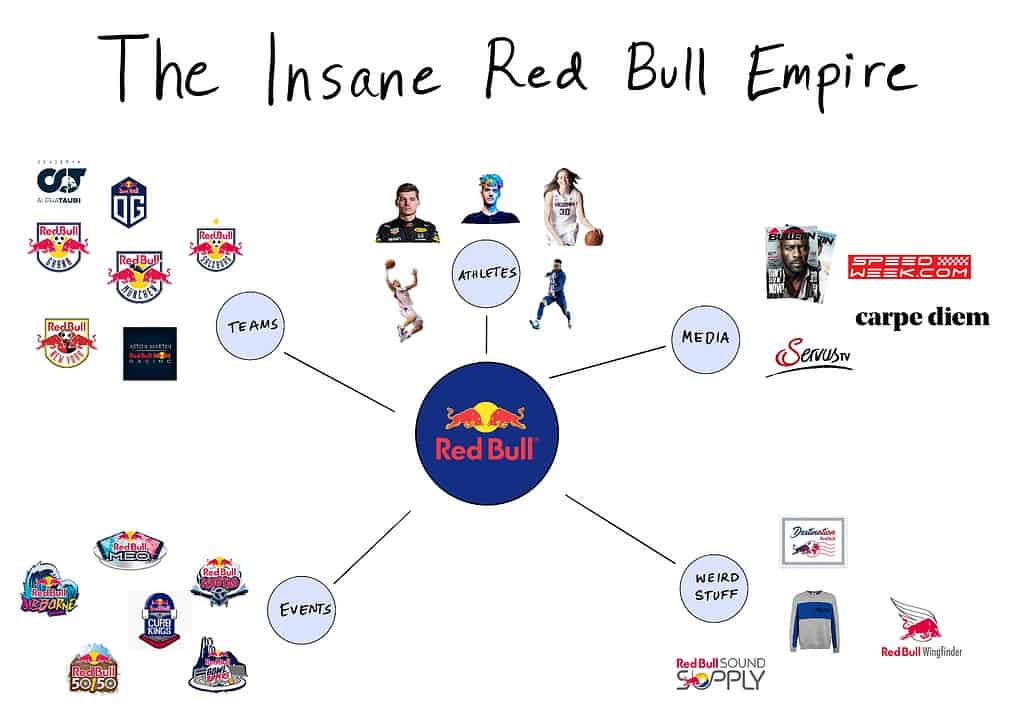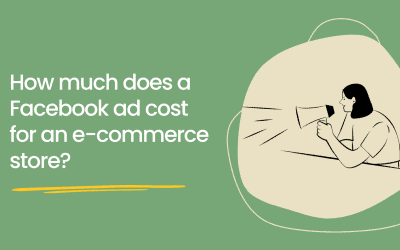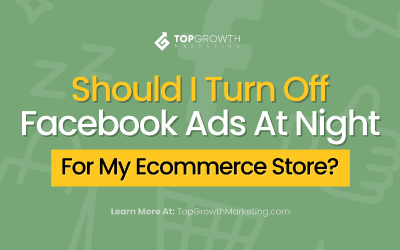Drawing from a recent conversation on our Blitz Growth podcast with Emily Seilhamer, a digital artist and online educator, several crucial strategies emerge that can be applied to any e-commerce business.
As I own a successful e-commerce marketing agency, it’s only natural to look at the interviews I make with creators as info that could help facilitate the growth of e-commerce brands as well.
For that reason, I’d like to look into these lessons, explore their impact on e-commerce operations, and propose methods for integrating them into your brand’s online content strategy.
Key Takeaways from the Conversation
Focusing on e-commerce marketing only, there are three fundamental “pillars” you can draw from Emily’s successful venture:
- Value-Driven Content: Emily attributes a significant part of her triumph to generating value-driven content that brings tangible benefits to her audience, rather than creating content solely for her own gain.
- Engaging the Community: By listening to her followers, addressing their queries and suggestions, and stimulating interaction among them, Emily has cultivated a robust, loyal community.
- Targeting a Niche Market: By specifically addressing beginner artists, Emily distinguishes herself from other advanced art channels. Consequently, she draws in a broad spectrum of audiences who value her unique teaching approach and relatable content.
Let’s dive deeper…
Practical Applications for E-Commerce
As an e-commerce brand, there’s a number of learnings you can apply to your own strategy as well.
Crafting Beneficial Content
Taking a page from Emily’s playbook, e-commerce businesses should strive to generate content that truly enriches their audience.
This could be in the form of educational blog articles, informative video walkthroughs, or insightful buyer’s guides.
Brands can differentiate themselves by offering engaging content that brings real value to potential customers.
Red Bull built an entire brand-within-a-brand from its content creation efforts.
People now associate Red Bull with an energy drink as much as they do the extreme sports content that the brand produces and sponsors.
source: Generalist
Cultivating an Active Community
Building a genuine, active connection with your audience fosters trust and loyalty.
Make it a point to respond to comments, solicit feedback, and promote audience participation through polls, surveys, or user-generated content.
A vibrant, involved community amplifies content sharing, user reviews, and word-of-mouth referrals.
Sephora does a great job of this with their Beauty Insider Community hub.
Investing in a community for your e-commerce brand pays off in many ways:
- Customer Loyalty: By actively engaging with customers, you foster a sense of belonging, which can enhance customer loyalty and repeat purchases.
- Brand Advocacy: Satisfied community members often become brand advocates, providing powerful word-of-mouth marketing.
- User-Generated Content: An active community often produces user-generated content, such as reviews and social media posts, providing free marketing and authentic social proof.
- Valuable Feedback: Direct interaction with your community can yield insightful feedback for product development and improvement.
- Increased Sales: A strong community can lead to higher conversion rates and increased sales, as members often trust recommendations from their peers.
Serving a Niche Market
Mirroring Emily’s approach, e-commerce businesses should endeavor to cater to a specific niche within their industry. This focus helps to shape a clear value proposition, making it easier to stand out from competitors and resonate with a targeted audience.
E-commerce stores like The Beard Struggle are great examples of how niches can lead to riches.
The Beard Struggle targets a relatively small niche (folks who really care about their beard), but manage to create content that speaks to that niche very clearly.
And their strategy is really paying off. It’s one of the fastest-growing stores in the niche and has been for a few years now.
The Beard Struggle only targets folks that love their beards. Result? Giga growth.
Further Insights for Store Owners
It was a long conversation, but here are a few golden nuggets for store owners to consider:
Harnessing Virality: Emily experienced viral fame due to a creative project unrelated to her brand, which momentarily garnered global attention. She cleverly utilized this momentum to redirect her personal brand toward her current direction. E-commerce brands can adopt this strategy by seizing any unexpected exposure and swiftly adapting to leverage newfound interest.
A notable case is the ‘Dalgona Coffee’ trend which went viral a few years ago.
Many cafes and coffee shops capitalized on this trend, offering their own versions of the whipped coffee drink to attract new customers.
Experimenting with Content Formats: Emily’s content encompasses a variety of lengths and formats, ranging from brief clips to extended voiceover tutorials.
She continually monitors audience engagement and modifies her content based on the insights gained.
E-commerce brands can also test different content formats, lengths, and platforms to identify what resonates most with their audience.
The audience-centric niche e-commerce
Ultimately, e-commerce businesses can significantly enhance their online presence and growth by emulating Emily’s focus on crafting value-adding, audience-centric content that serves a niche market.
By actively engaging the community, adapting content formats, and capitalizing on viral opportunities, brands can build loyalty, increase visibility, and ultimately drive significant growth.








0 Comments